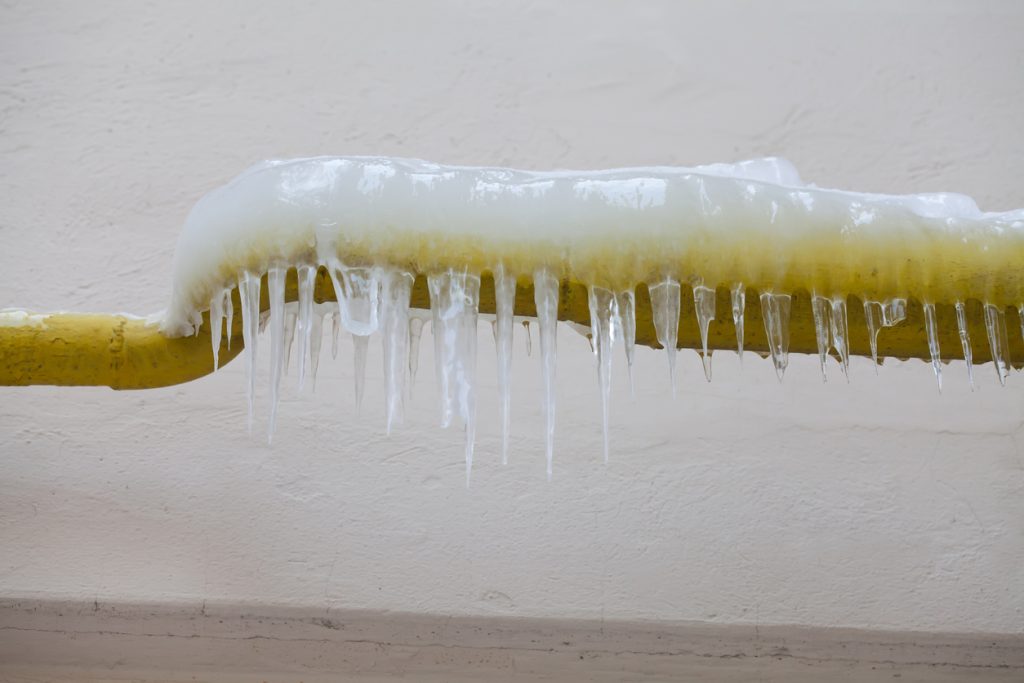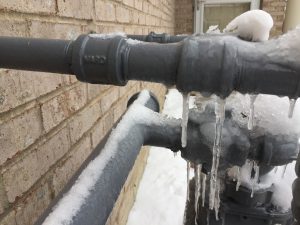Important Tips to Prevent Frozen Pipes in Winter
Important Tips to Prevent Frozen Pipes in Winter
Blog Article
Were you trying to find insight around How To Avoid Freezing Pipes?

Winter can ruin your pipes, specifically by freezing pipelines. Below's how to stop it from taking place and what to do if it does.
Introduction
As temperature levels decline, the risk of frozen pipelines rises, possibly resulting in expensive repair work and water damages. Comprehending just how to stop icy pipes is vital for home owners in cool environments.
Understanding Frozen Pipelines
What creates pipelines to freeze?
Pipelines freeze when subjected to temperature levels listed below 32 ° F (0 ° C) for prolonged periods. As water inside the pipes freezes, it increases, putting pressure on the pipe wall surfaces and potentially causing them to rupture.
Dangers and problems
Icy pipelines can result in water supply disruptions, building damage, and pricey repair services. Burst pipes can flood homes and trigger extensive architectural damage.
Indicators of Frozen Water Lines
Identifying icy pipes early can avoid them from breaking.
Exactly how to recognize frozen pipelines
Look for reduced water circulation from faucets, unusual smells or sounds from pipes, and visible frost on revealed pipelines.
Prevention Tips
Protecting at risk pipelines
Wrap pipes in insulation sleeves or utilize warm tape to shield them from freezing temperatures. Focus on pipes in unheated or exterior areas of the home.
Heating methods
Maintain interior rooms adequately warmed, particularly locations with pipes. Open cabinet doors to enable warm air to flow around pipelines under sinks.
Protecting Outdoor Plumbing
Garden hose pipes and outdoor faucets
Detach and drain yard hose pipes prior to wintertime. Install frost-proof faucets or cover outside taps with shielded caps.
What to Do If Your Pipes Freeze
Immediate activities to take
If you suspect icy pipelines, maintain faucets open to alleviate stress as the ice thaws. Make use of a hairdryer or towels soaked in hot water to thaw pipes gradually.
Long-Term Solutions
Architectural adjustments
Consider rerouting pipelines away from exterior wall surfaces or unheated locations. Include added insulation to attic rooms, basements, and crawl spaces.
Upgrading insulation
Purchase high-quality insulation for pipelines, attics, and walls. Appropriate insulation assists maintain regular temperature levels and minimizes the threat of icy pipelines.
Conclusion
Stopping frozen pipes requires aggressive steps and fast responses. By recognizing the causes, signs, and preventive measures, house owners can secure their plumbing throughout cold weather.
5 Ways to Prevent Frozen Pipes
Drain Outdoor Faucets and Disconnect Hoses
First, close the shut-off valve that controls the flow of water in the pipe to your outdoor faucet. Then, head outside to disconnect and drain your hose and open the outdoor faucet to allow the water to completely drain out of the line. Turn off the faucet when done. Finally, head back to the shut-off valve and drain the remaining water inside the pipe into a bucket or container. Additionally, if you have a home irrigation system, you should consider hiring an expert to clear the system of water each year.
Insulate Pipes
One of the best and most cost-effective methods for preventing frozen water pipes is to wrap your pipes with insulation. This is especially important for areas in your home that aren’t exposed to heat, such as an attic. We suggest using foam sleeves, which can typically be found at your local hardware store.
Keep Heat Running at 65
Your pipes are located inside your walls, and the temperature there is much colder than the rest of the house. To prevent your pipes from freezing, The Insurance Information Institute suggests that you keep your home heated to at least 65 degrees, even when traveling. You may want to invest in smart devices that can keep an eye on the temperature in your home while you’re away.
Leave Water Dripping
Moving water — even a small trickle — can prevent ice from forming inside your pipes. When freezing temps are imminent, start a drip of water from all faucets that serve exposed pipes. Leaving a few faucets running will also help relieve pressure inside the pipes and help prevent a rupture if the water inside freezes.
Open Cupboard Doors
Warm your kitchen and bathroom pipes by opening cupboards and vanities. You should also leave your interior doors ajar to help warm air circulate evenly throughout your home.

I discovered that piece of writing about 6 Ways to Prevent Frozen Pipes when perusing the search engines. Those who appreciated our blog posting if you please remember to pass it around. I praise you for being here. Please check up our site back soon.
Call Today Report this page